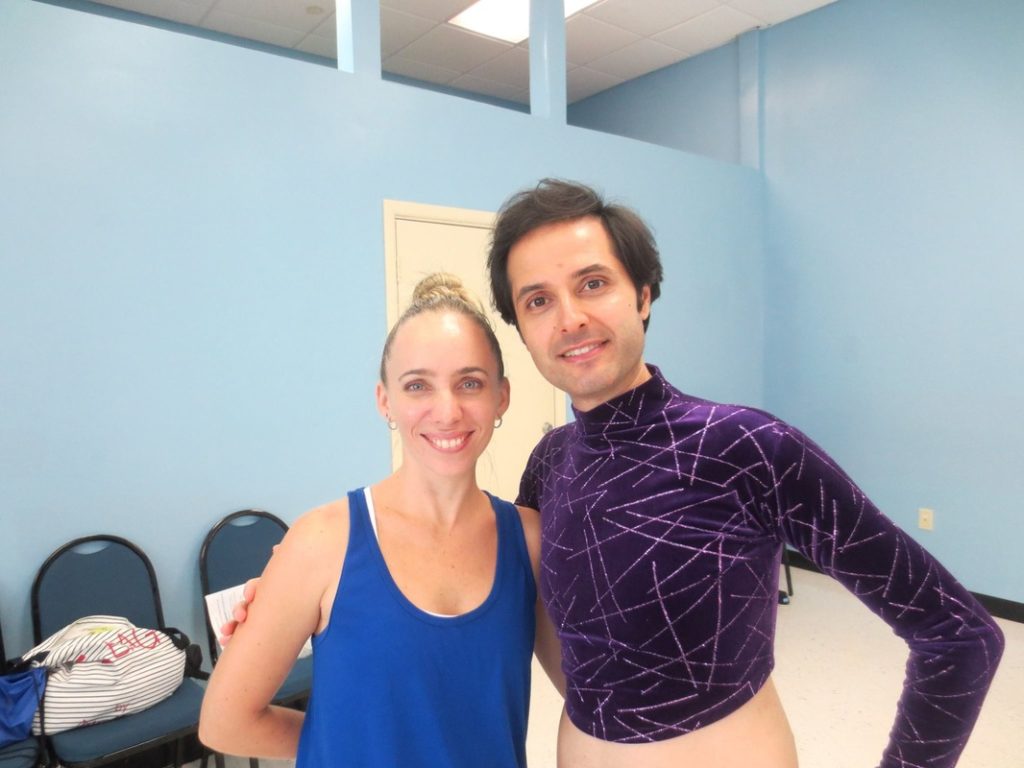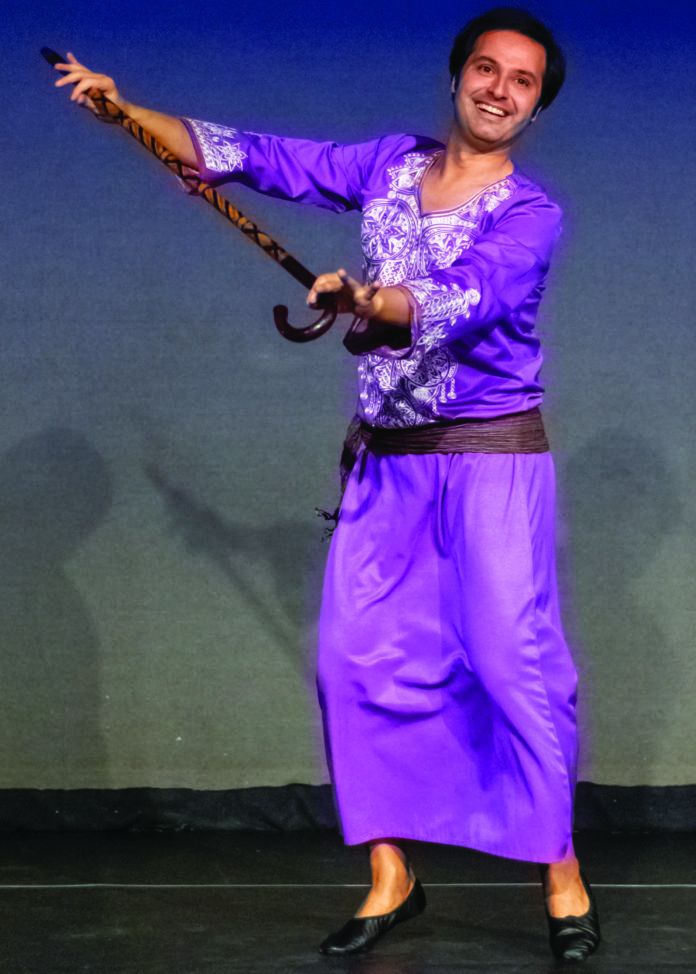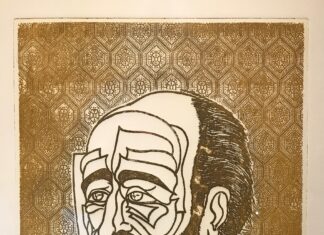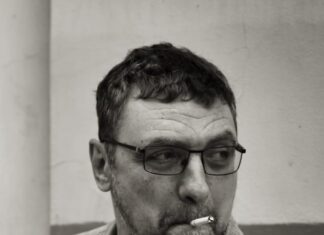By Artsvi Bakhchinyan
Special to the Mirror-Spectator
YEREVAN/NEW YORK — Torkom Movsesiyan is a dancer and cultural ambassador of the arts. His cultural organization, Torkomada, envisions dance to be an important but neglected diplomatic tool in cultural diplomacy versus more conventional methods that have failed. His dance projects are an original contribution to the world of art and diplomacy, and recipients of the Upper Manhattan Empowerment Zone Grant, the Creative Engagement grant, the Brooklyn Arts Fund grant, and the CUNY Dance Initiative Residency at the LaGuardia Performing Arts Center. The New York Foundation for the Arts named him a renaissance artist with extraordinary abilities: a college professor, actor, dancer, singer, cultural ambassador, scholar and polyglot. He lectures on the Armenian Genocide at universities, and Cambridge University Publishers published his 2016 book essay, The Armenian Holocaust and International Law, in Dr. Klein’s Society Emerging from Conflicts. He holds an honors BA in international studies and MA in international relations. Torkomada is starting academic courses on Raqs Sharqi and cultural diplomacy.

What is required for a man to be engaged in that profession?
Unfortunately, we alive in a world full of stereotypes and hypocrisy, where everyone must fit a certain norm in order to be considered normal. Despite that, if one makes the effort to look beyond these limiting stereotypes, one can realize that the profession of a belly dancer is as normal as any other. Although the term belly dance is more popularly used in the media, in its native origins this ancient art form is often called in Arabic raqs sharqi – meaning Eastern dance. In another sense, the terminology belly dance or la danse du ventre is vague because it not only involves the “belly,” but also the hips, torso, arms, and abdominal muscles. In Arabic culture, the art of raqs sharqi is unisex because it is a social dance similar to other folk dances: merengue from the Dominican Republic, kathak from India or kochari from Armenia. Similar to other unisex dance styles, a male raqs sharqi performer must possess many qualities, some of which are stamina, energy, fluidity, hip movement vocabulary, and graceful arms.
Please tell us how your passion for raqs sharqi began.










